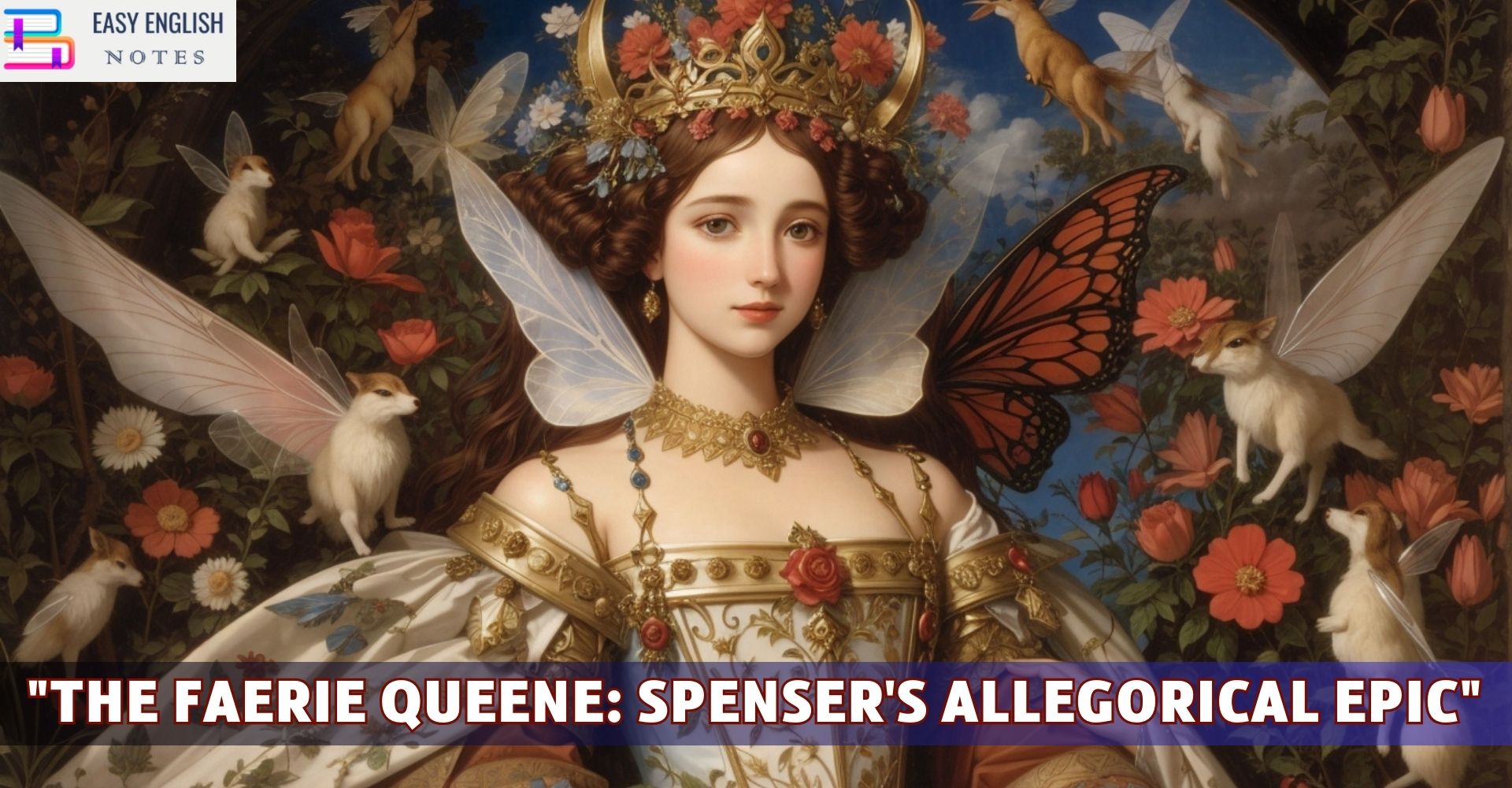Are you ready to delve into the magical and intricate world of “The Faerie Queene: Spenser’s Allegorical Epic”? This isn’t just another classic piece of literature; it’s a fantastical journey filled with knights, dragons, and hidden meanings that have captivated readers for centuries. But hold on, there’s so much more to this epic poem than meets the eye! Discover 10 astonishing facts about Spenser’s masterpiece that will make you see it in an entirely new light. From its deep allegorical messages to its influence on modern fantasy, “The Faerie Queene” is a treasure trove of surprises waiting to be uncovered. Whether you’re a die-hard literature fan or just love a good story, these facts will pique your interest and leave you eager to explore the depths of Spenser’s imagination. Get ready to be amazed by the secrets and wonders hidden within “The Faerie Queene: Spenser’s Allegorical Epic”! Let’s embark on this enchanting journey together and uncover the marvels of this literary gem.
“The Faerie Queene: Spenser’s Allegorical Epic” is not just a cornerstone of English literature; it’s a sprawling fantasy world that predates even the likes of Tolkien. Edmund Spenser’s masterpiece is rich with knights, allegories, and an intricate weaving of historical and moral tales. Let’s dive into 10 surprising facts about this epic that might just make you see it in a whole new light.
1. A Staggering Length:
First off, let’s talk size. “The Faerie Queene” is one of the longest poems in the English language. With a whopping six books (and a fragment of a seventh), it comprises over 35,000 lines of verse! Spenser initially planned for 12 books, each representing a different virtue, making this work an ambitious project that, even unfinished, is a monumental achievement in literature.
2. Queen Elizabeth I as Inspiration:
Did you know that “The Faerie Queene” was written in part as a tribute to Queen Elizabeth I? Spenser’s epic is filled with allegories, and the character of Gloriana, the Faerie Queene herself, is thought to represent Elizabeth. This was Spenser’s way of honoring the queen and the virtues she stood for.
3. A Unique Verse Form:
Spenser didn’t just write an epic; he gave us the Spenserian stanza. This nine-line stanza, with its distinct rhyme scheme (ababbcbcc), was invented by Spenser for this very work and later influenced poets like Lord Byron and John Keats. Talk about leaving a mark on poetic form!
4. A Blend of Mythologies:
Spenser’s epic is a melting pot of mythologies. While it’s deeply rooted in medieval traditions and British legends, you’ll also find traces of Greek and Roman mythology. This blend of influences creates a rich and diverse tapestry that underpins the narrative.
Also Read :
- Compare Hamlet with Macbeth, Othello and other Tragedies
- “The Pardoner’s Tale” is the finest tale of Chaucer
- Prologue to Canterbury Tales – (Short Ques & Ans)
- Confessional Poetry – Definition & meaning
- Line By Line Explanation Of The Poem The Eve of St. Agnes
5. Influencing Future Literature:
“The Faerie Queene” has left an indelible mark on English literature. It influenced the Romantic poets and even the Gothic novel tradition. Its imaginative landscape, detailed world-building, and allegorical approach can be seen echoed in many modern fantasy works.
6. Moral and Educational Purpose:
Spenser’s work wasn’t just meant to entertain; it had a didactic purpose. Each knight’s tale is a study in a particular virtue, designed to provide moral lessons to the readers. In this sense, “The Faerie Queene” is as much a moral guide as it is a work of fiction.
7. Political Commentary:
Beyond its allegorical tales of knights and dragons, “The Faerie Queene” is rife with political undertones. The poem reflects the complexities of Elizabethan politics, including views on governance, justice, and national identity. It’s a window into the political climate of Spenser’s time.
8. Challenges of the Old English Language:
For modern readers, one of the most significant challenges of “The Faerie Queene” is its language. Written in a form of Early Modern English, the poem can be difficult to understand. However, once you get into the rhythm of Spenser’s language, it adds to the charm and authenticity of the reading experience.
9. An Unfinished Masterpiece:
Despite its length, “The Faerie Queene” remains an unfinished work. Spenser passed away before completing the epic. This has left readers and scholars to wonder about the full scope of his vision and the conclusions he intended for each allegorical thread.
10. A Symbol of National Identity:
Lastly, “The Faerie Queene,” with its blending of Arthurian legend, Christian morality, and historical allegory, played a significant role in shaping a sense of British national identity. It celebrates and critiques the idea of Britain, offering a reflection on what it meant to be British in the Elizabethan era.
“The Faerie Queene: Spenser’s Allegorical Epic” is more than a piece of literary history; it’s a vibrant, living tapestry of tales that continue to fascinate and inspire. Its blend of fantasy, morality, and political commentary makes it a unique and enduring work, one that remains relevant even in our modern world. Whether you’re a student of literature, a lover of epic tales, or just someone who appreciates the richness of English literary tradition, “The Faerie Queene” is a journey worth taking. So, grab your metaphorical sword and shield, and prepare to dive into Spenser’s rich and complex world. The adventure awaits!
PLEASE HELP ME TO REACH 1000 SUBSCRIBER ON MY COOKING YT CHANNEL (CLICK HERE)











